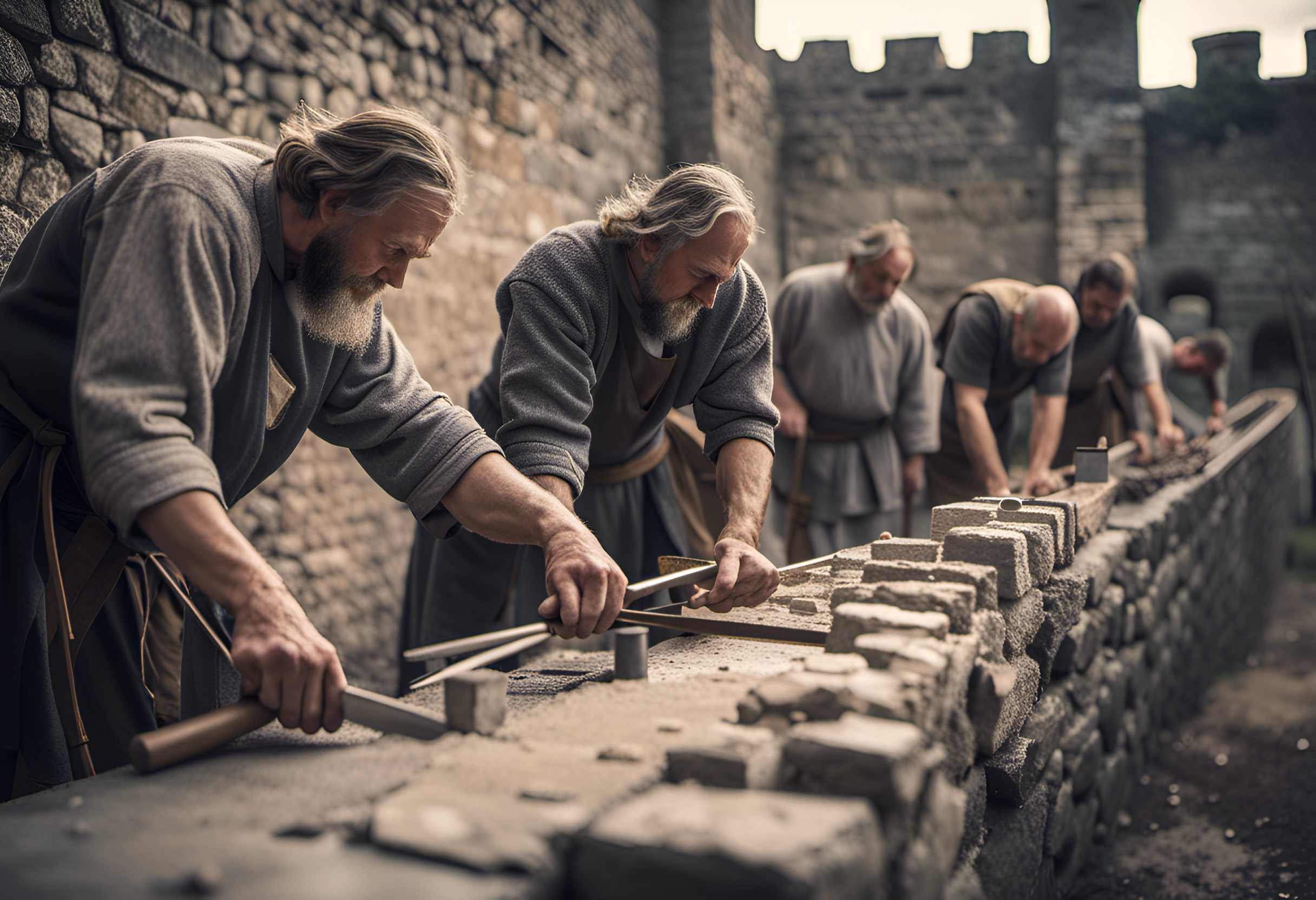- Accounts
- Alkham
- Ashford
- Aylesford
- Bekesbourne
- Betteshanger
- Biddenden
- Brenzett
- Bromhey
- Bromley
- Canterbury
- Capel
- Chalk
- Charing
- Charters
- Chatham
- Chelsfield
- Cliffe
- Cooling
- Cranbrook
- Custumale Roffense
- Cuxton
- Dartford
- Deal
- Dover
- Eastbridge
- Eastry
- Faversham
- Fawkham
- Feet of Fines
- Folkestone
- Food
- Foots Cray
- Frindsbury
- Gillingham
- Goudhurst
- Gravesend
- Haddenham
- Hadlow
- Halling
- Harbledown
- Hawkhurst
- Hawkinge
- Higham
- Hoath
- Hoo
- Horton Kirby
- Hythe
- Ifield
- Inscriptions
- Ivychurch
- Lamberhurst
- Laws
- Lewisham
- Littlebourne
- Lydd
- Lyminge
- Maidstone
- Medicine
- Medieval
- Military History
- Modern
- Monasticism
- Monumental Inscriptions
- Newenden
- North West Kent Family History Society
- Northfleet
- Orlestone
- Preston near Wingham
- Rainham
- Ramsgate
- Records
- Ringwould
- Rochester
- Rochester Cathedral
- Saltwood
- Sandwich
- Shipbourne
- Shoreham
- Sittingbourne
- Snargate
- Snave
- Snodland
- Snodland Historical Society
- Stansted
- Stoke
- Stone in Oxney
- Stourmouth
- Stowting
- Strood
- Sturry
- Surveys
- Tenterden
- Textus Roffensis
- Tithe Commutation Surveys
- Tonbridge
- Westwell
- Wills
- Woolwich
- Wouldham
The manor at Haddenham, 1088 AD
William II grants the manor at Haddenham, held by Archbishop Lanfranc, to the church of St Andrew, Rochester, and its monastic community; 213r, Lanfranc sanctions this grant, 1088.1 Transcription and translation from Latin of Textus Roffensis, ff. 212r-213r by Jacob Scott. Edited with additional notes by Dr Christopher Monk.
Bishop Gundulf builds Rochester Castle for the king in return for the manor of Haddenhamc.1108-c.1114 AD
William II confirms Archbishop Lanfranc’s grant of Haddenham, Buckinghamshire, to St Andrew’s Priory, Rochester, for which in return Bishop Gundulf builds Rochester Castle. From Textus Roffensis, folios 173r-174v; edited and translated by Dr Christopher Monk, 2022.
Bishop Gundulf confirms Gilbert the priest's grant at Haddenham, a.1086 AD
Bishop Gundulf confirms a grant by Gilbert the priest of three hides at Haddenham in exchange for Gilbert entering the monastic life, Date: after 10861. Textus Roffensis, ff. 213r–213v. Translated from Latin and edited by Dr Christopher Monk.


